What are the different aquaculture facilities?
Confused about how fish farming works? The variety of setups can be overwhelming, making it hard to know where to start or what's best for your needs.
Aquaculture facilities range from simple earthen ponds and coastal net pens to advanced indoor tank systems. The main types include ponds, raceways, cages, and recirculating aquaculture systems (RAS), each designed for different species, scales, and environments, including innovative options like collapsible fish tanks.
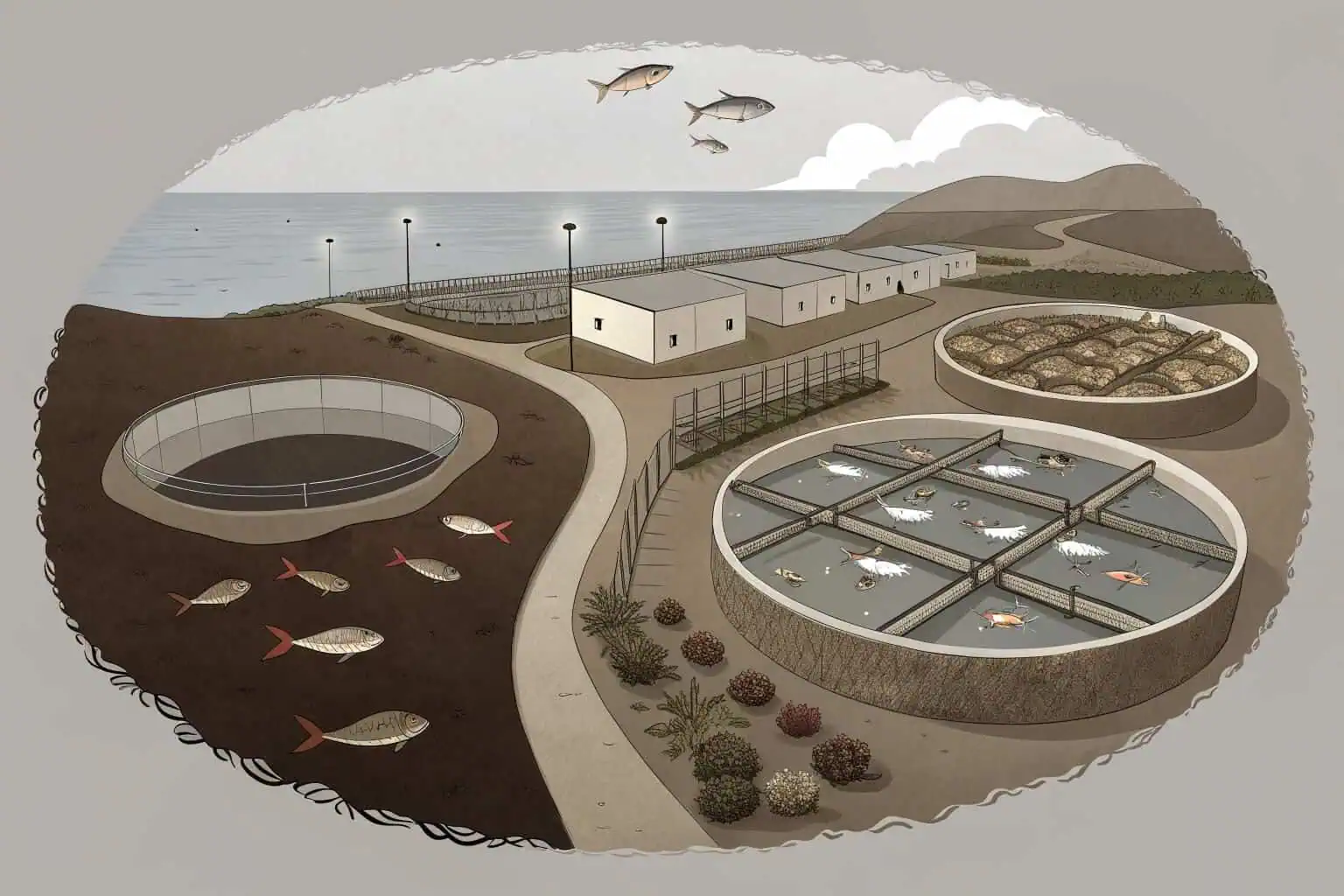
As someone who has spent years in the aquaculture industry, I've seen firsthand how the right facility can make or break an operation. It's not just about holding water; it's about creating a perfect environment for aquatic life to thrive. The choice of facility impacts everything from daily maintenance to the final harvest. Let's dive into the specifics to understand what might work for you.
What are the 4 types of aquaculture systems?
Choosing an aquaculture system feels complex. You worry about water use, cost, and control, and picking the wrong one can lead to wasted resources and poor results.
The four main aquaculture systems are open systems like cages, semi-closed systems like ponds, and closed systems known as Recirculating Aquaculture Systems (RAS). Each offers a different balance of environmental control, water usage, and operational cost, catering to diverse farming goals.
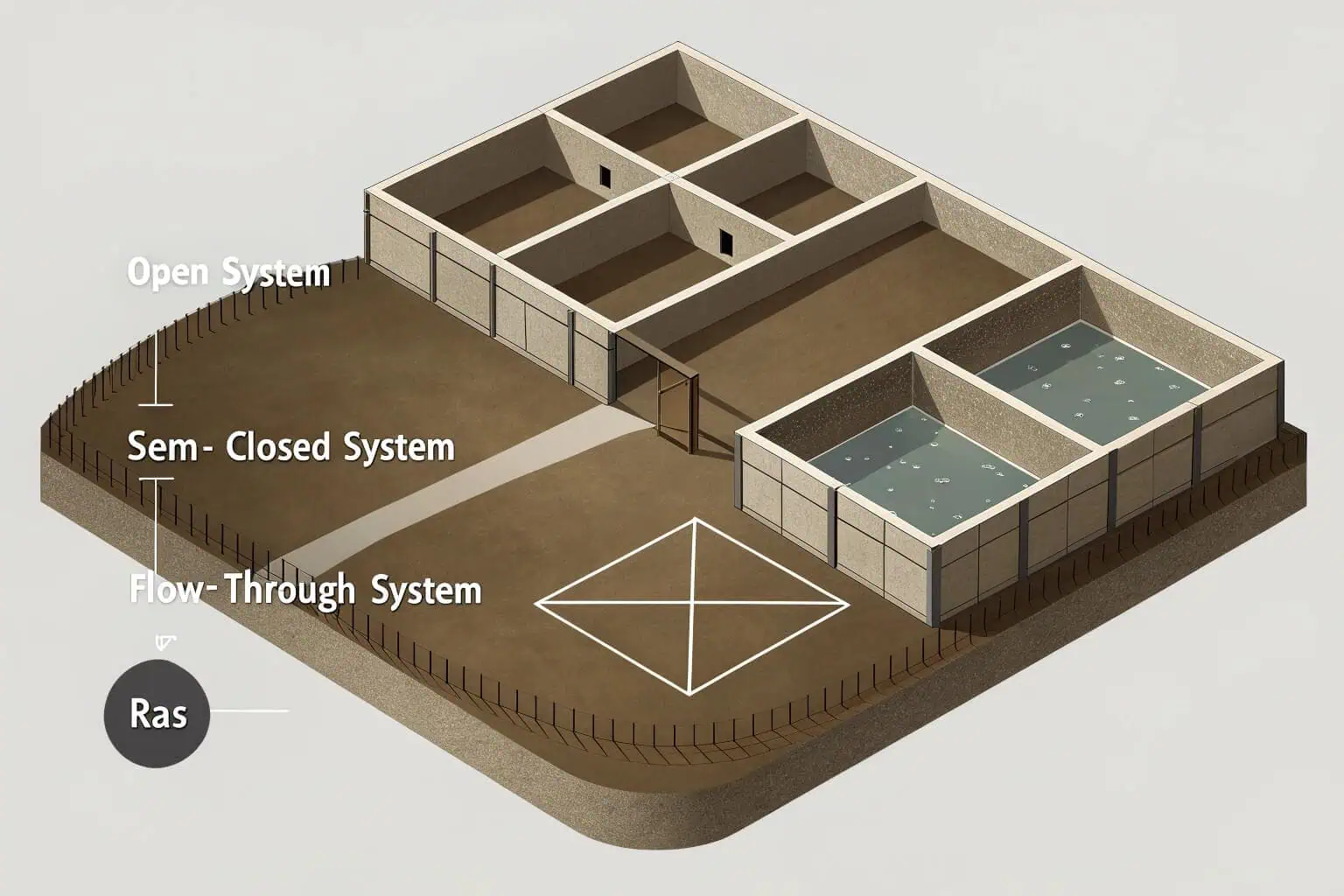
I've worked with all these systems, and the choice always comes down to balancing your goals with your resources. An open system is simple but leaves you at the mercy of the environment. A closed system gives you total control but comes with high-tech complexity and costs. Understanding the fundamental differences is the first step toward making a smart investment in your aquaculture future1. Let's break them down further.
Open vs. Closed Systems
At the core of choosing an aquaculture system lies a fundamental trade-off between control and cost. Open systems, such as net pens in the ocean, leverage natural water bodies for lower initial setup costs but offer minimal control over crucial factors like water quality, temperature, and predators. A vivid example is the vulnerability to unpredictable events like algal blooms, as I witnessed at a coastal farm. Conversely, closed systems, or Recirculating Aquaculture Systems (RAS)2, typically land-based tanks employing filtration and water reuse, provide complete environmental control, leading to faster growth and healthier fish. However, this comes at a significantly higher initial investment and ongoing energy costs for pumps and filters.
| System Type | Initial Cost | Water Usage | Environmental Control3 | Primary Risk Factor | Key Advantage |
|---|---|---|---|---|---|
| Open (Cages) | Low | High (Natural Flow) | Very Low | Environmental fluctuations, predators, disease outbreaks | Low initial investment, utilizes natural resources |
| Closed (RAS) | High | Very Low (Recycled) | Very High | High energy costs, system malfunction, initial investment | Complete control, faster growth, disease prevention |
Ponds and Raceways
Ponds are one of the oldest and most common forms of aquaculture. They are semi-closed systems, essentially man-made lakes where fish are raised. They are less expensive than tanks but still require management of water quality, especially aeration and waste removal. Raceways are a step up, consisting of long channels with a continuous flow of fresh water. This constant flow provides clean water and removes waste, making them suitable for species like trout that need high oxygen levels. I've seen raceways4 used very effectively in areas with abundant spring water. They offer a middle ground, providing better control than a static pond without the full complexity of a RAS.
The Rise of Hybrid and Portable Solutions
Innovation is constantly blurring the lines between these systems. I'm particularly excited about the development of more flexible, modular options. For example, at my company Bancy, we've developed collapsible fish tanks5. These tanks offer the control of a land-based system but with incredible portability and ease of setup. A farmer can establish a temporary nursery or a grow-out facility for a specific season without the commitment of permanent construction. This is perfect for small-scale farmers, researchers, or even for temporary setups at construction sites for water storage. It represents a move towards more adaptable and less capital-intensive aquaculture.
What are examples of culturing facilities?
Thinking about starting an aquaculture project? The physical structure is your first big decision, and it's easy to feel stuck wondering what a real-world facility actually looks like.
Culturing facilities include earthen ponds, concrete raceways, offshore net pens, and various types of tanks. Modern tank options, like Bancy's galvanized steel and portable plastic fish tanks, provide durable, customizable, and easy-to-install solutions for diverse aquaculture needs.
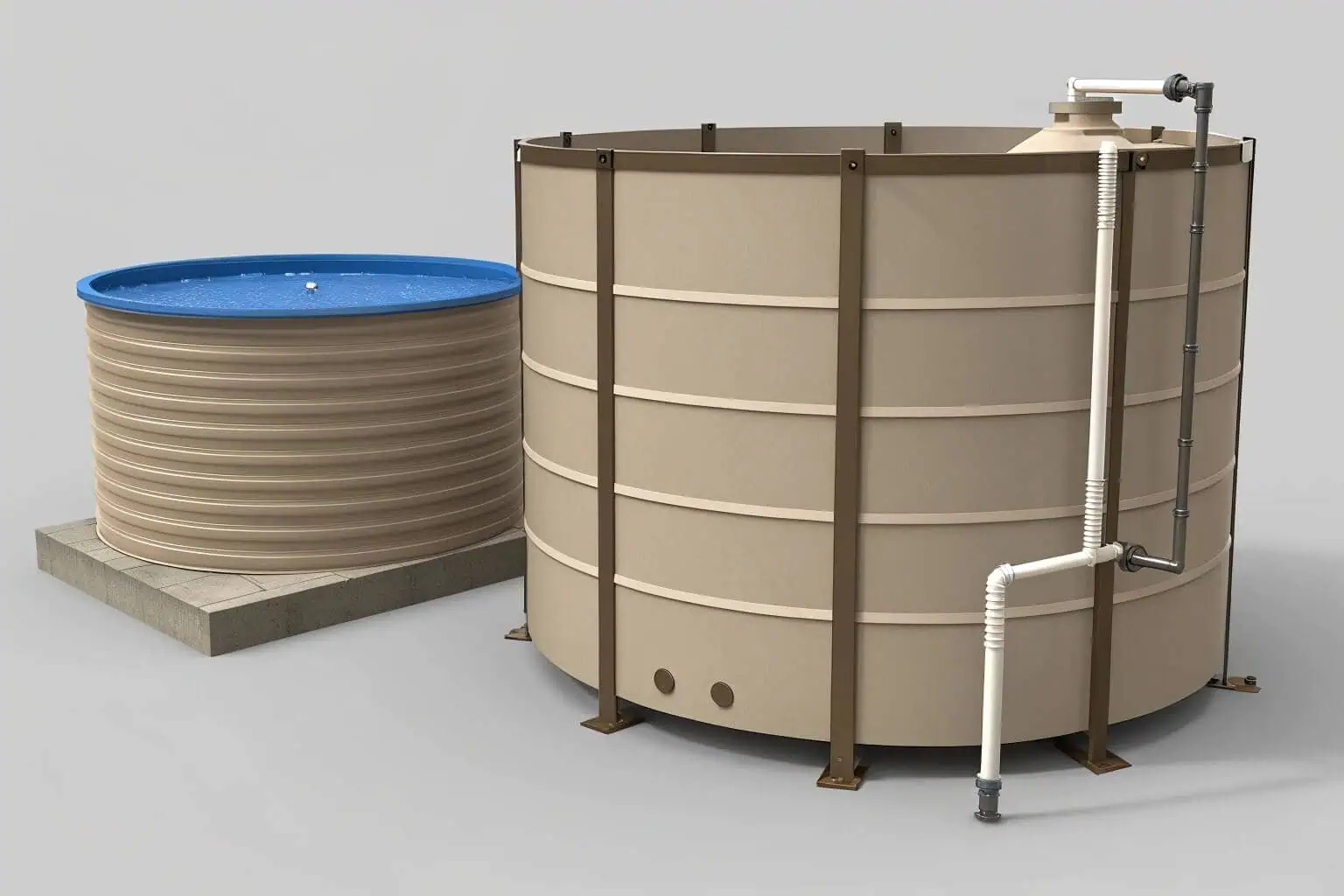
When I talk to new clients, the conversation always starts with the facility. It's the foundation of their entire operation. I've helped design and supply everything from massive galvanized tanks for commercial farms6 to small, collapsible pools for backyard hobbyists. The key is to match the facility to the species, the location, and the business plan. Let's look at some of the most common examples I've encountered.
Traditional Ponds and Raceways
The most traditional facility is the earthen pond. It's essentially a carefully constructed, contained body of water. They are common in freshwater aquaculture7 for species like catfish and tilapia. While simple, their success depends heavily on soil quality and water management. Concrete raceways are another classic. I've seen many trout farms use these long, narrow channels to take advantage of flowing water from a nearby river or spring. They are more structured than ponds and allow for easier management and harvesting, but they require a constant source of high-quality water, which isn't available everywhere.
Cages and Net Pens
For farming in larger bodies of water like lakes or the ocean, cages and net pens8 are the go-to facilities. These are floating structures that hold the fish in a contained area while allowing natural water to flow through. This is how most of the world's salmon is farmed. The advantage is that you can raise a lot of fish in a relatively small footprint. However, there are challenges. Farms are exposed to storms, predators, and disease from the surrounding environment. Managing waste and preventing escapes are also major operational concerns that I've seen teams grapple with constantly.
Modern Tank Farming
Tank farming is where I've dedicated a significant portion of my career, offering the highest degree of control in aquaculture. At Bancy, we specialize in producing several types of tanks designed to meet diverse needs. This innovation in tank technology further expands the possibilities within aquaculture systems.
| Tank Type | Material/Construction | Key Features | Typical Use Cases |
|---|---|---|---|
| Galvanized Sheet Fish Tanks9 | Galvanized steel sheets | Highly durable, corrosion-resistant | Long-term, large-scale operations, commercial farming |
| Galvanized Pipe Fish Tanks10 | Galvanized pipe frame, PVC liner | Robust structure, strong frame | Robust farming setups, situations requiring a strong tank |
| Collapsible Plastic Fish Tanks11 | Lightweight plastic | Lightweight, easy to set up, surprisingly tough | Temporary holding (breeders), temporary water features (events), field research (controlled environment) |
What are the three major areas of aquaculture?
Trying to understand the aquaculture industry? It seems vast and confusing, and it's hard to grasp how different parts of the industry connect to one another.
The three major areas of aquaculture are freshwater, marine (or mariculture), and brackish water cultivation. These categories are defined by the water's salinity and determine which species can be farmed, the types of facilities used, and the specific environmental challenges involved.
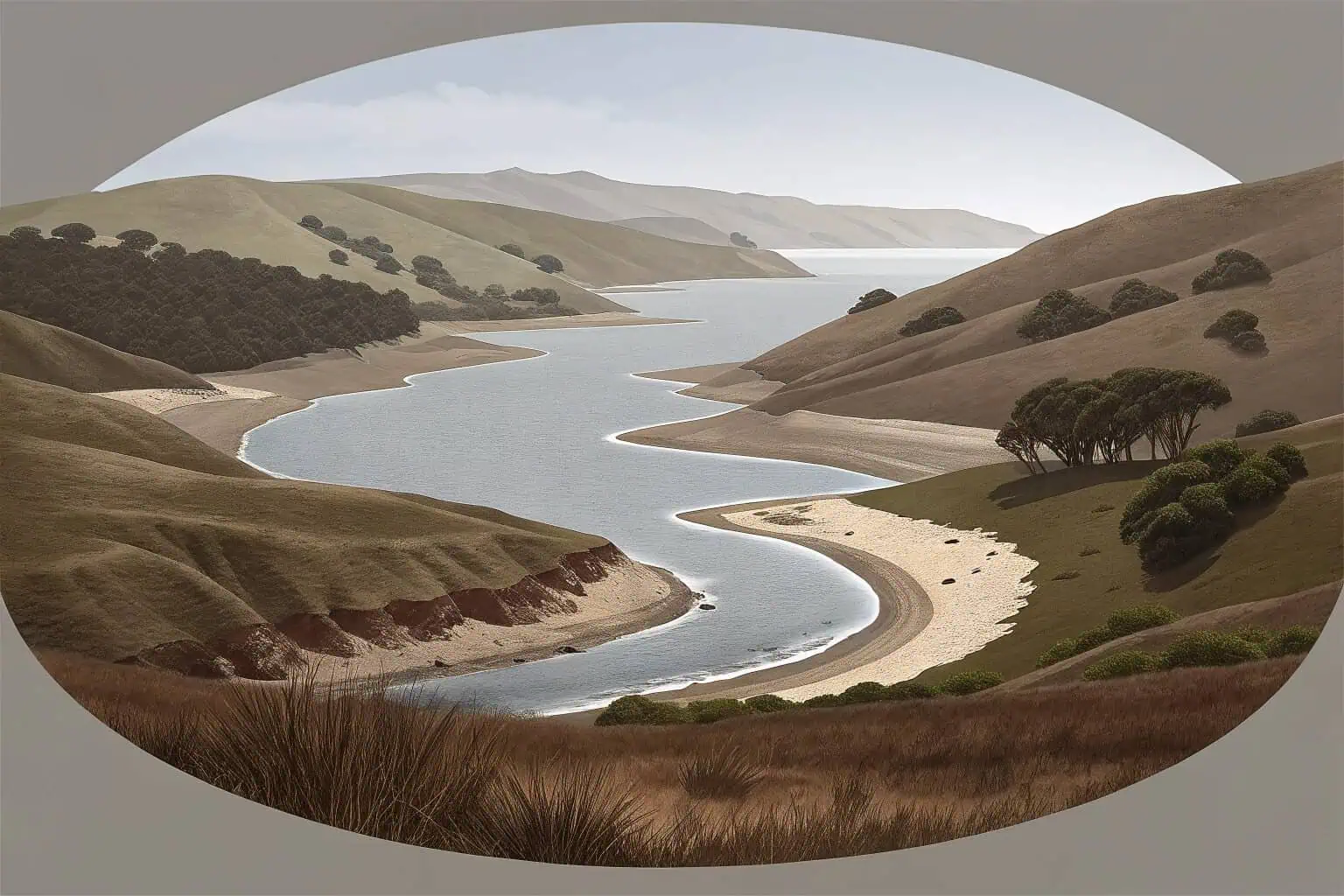
In my experience, every aquaculture venture12 begins with a simple question: what kind of water do you have access to? The answer places you into one of these three broad categories. Each area has its own unique set of rules, opportunities, and challenges. From a mountain stream to a coastal bay, the water itself dictates the path forward. Let's explore what makes each of these areas distinct.
Freshwater Aquaculture
This is the most common type of aquaculture globally, practiced in ponds, rivers, lakes, and tanks. It involves farming species that don't require salt water, such as tilapia, carp, catfish, and trout. I've worked with many freshwater farms, and they are often located inland, which can simplify logistics compared to coastal operations. The facilities can range from simple earthen ponds to high-tech recirculating systems. One of the biggest challenges in freshwater farming is managing water quality, as there's no natural tide to flush away waste. This is why technologies like aeration and filtration13 are so critical for success.
Marine Aquaculture (Mariculture)
Mariculture is the cultivation of saltwater species in oceans, coastal estuaries, or in land-based tanks filled with seawater. This is where you'll find the farming of high-value species like salmon, sea bass, and shrimp, as well as shellfish like oysters and mussels. The facilities are often large-scale, such as the vast net-pen systems you see in coastal waters. I've seen how complex these operations can be, as they must withstand harsh ocean conditions. There's also a growing trend of land-based marine aquaculture14 using RAS technology to recreate ocean environments. This avoids many of the environmental conflicts associated with farming in the open ocean.
Brackish Water Aquaculture
Brackish water environments, a fascinating mix of fresh and salt water found in estuaries, are ideal for cultivating species adapted to fluctuating salinity levels, primarily shrimp and sea bass. This specialized area of aquaculture often utilizes coastal ponds or impoundments and demands a delicate balance in managing salinity, which is influenced by tides, rainfall, and freshwater runoff. This method plays a vital role in the global seafood supply, particularly for shrimp, showcasing the diverse approaches within aquaculture systems.
| System Type | Environment | Key Species | Salinity Management Challenges | Typical Structures |
|---|---|---|---|---|
| Brackish15 | Mix of fresh and salt water (estuaries) | Shrimp, certain species of sea bass | Influenced by tides, rainfall, freshwater runoff; requires careful monitoring | Coastal ponds, impoundments |
What is an example of aquaculture AP Human Geography?
Wondering how fish farming connects to broader world issues? It's easy to see it as just a food source, but its impact on human societies is far more significant.
In AP Human Geography, aquaculture is a prime example of the intensification of agriculture and its role in food security. The shift from wild-capture fishing to systematic farming demonstrates how societies modify environments to create reliable food sources, impacting local economies and global trade.
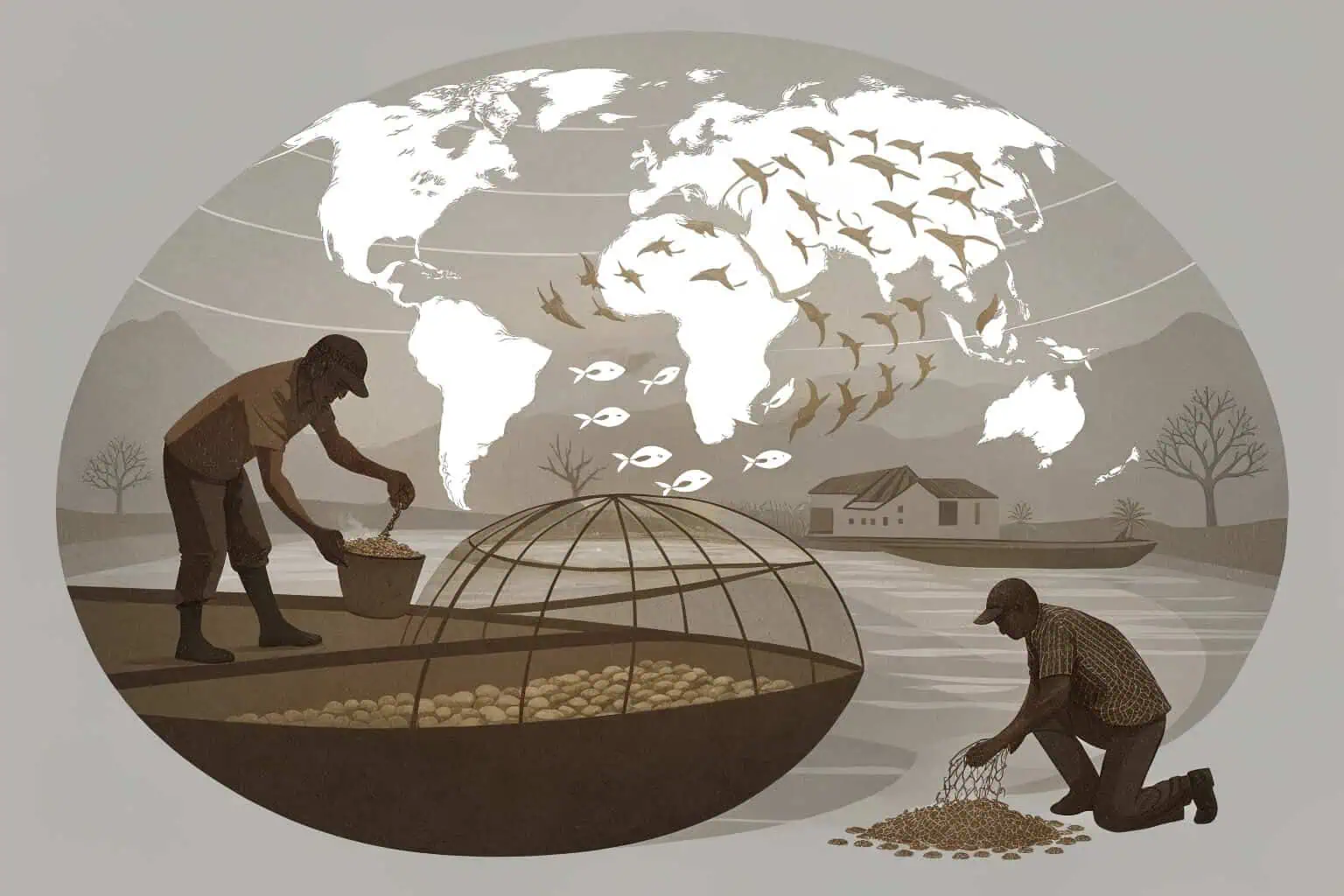
I often think about my work beyond just selling tanks. I see aquaculture as a powerful force in human geography. It's about how we feed a growing population on a planet with finite resources. When I provide a collapsible fish tank to a small community, I'm not just providing equipment; I'm providing a tool for food production, economic stability16, and local empowerment. This connection between technology, food, and society is at the core of what makes this industry so important.
Aquaculture and Food Security
At its most basic level, aquaculture is a direct response to a major human geography challenge: feeding over 8 billion people. Wild-capture fisheries have plateaued; we simply cannot catch more fish from the ocean sustainably. Aquaculture fills this gap. It's a form of agricultural intensification, meaning we are producing more food from a smaller area. I've seen communities in developing countries adopt small-scale aquaculture17 to provide a consistent source of protein and income, directly improving their food security and resilience. It changes how people relate to their food source, moving from hunting and gathering (fishing) to deliberate cultivation (farming).
Economic and Social Impacts
Aquaculture creates jobs and drives economic development, often in rural or coastal areas with few other opportunities. This is a key theme in human geography. The industry supports not just the farmers, but also people in processing, feed production, and transportation. However, it can also create social challenges. Large-scale aquaculture projects can sometimes conflict with traditional land use or other industries like tourism. As a provider of equipment, I feel a responsibility to promote sustainable practices18 that allow for economic growth without negatively impacting the local community. It's about finding a balance that benefits everyone.
Environmental Modification and Sustainability
Human geography delves into how people modify their environment, and aquaculture provides a compelling illustration. We actively reshape aquatic environments through the construction of ponds, installation of cages, and engineering of complex tank systems. While early aquaculture practices sometimes resulted in pollution and habitat destruction, today, there is a strong drive towards sustainability19. Innovations like Recirculating Aquaculture Systems (RAS) technology, which significantly reduces water usage and waste discharge, are direct responses to these environmental concerns. My work in promoting durable, reusable systems such as our galvanized tanks contributes to this crucial shift. We are continuously learning to intensify food production while simultaneously becoming better stewards of our planet. This evolving landscape of aquaculture reflects a dynamic interplay between human activity and environmental responsibility, building upon the foundational system types:
| System Type | Initial Cost | Water Usage | Environmental Control | Environmental Impact (Historical)20 | Sustainability Focus (Modern)21 |
|---|---|---|---|---|---|
| Open (Cages) | Low | High (Natural Flow) | Very Low | Potential for localized pollution, escapes impacting wild populations | Improved feed efficiency, siting in areas with good water flow, monitoring of environmental impact |
| Semi-Closed (Ponds) | Low-Medium | Medium (Refills) | Low | Potential for nutrient buildup and habitat alteration | Improved pond management, water treatment before discharge |
| Flow-Through (Raceways) | Medium | Very High | Medium | High water usage and potential for discharge of waste | Filtration and treatment of effluent, focus on species requiring high water quality |
| Closed (RAS)22 | High | Very Low (Recycled) | Very High | Minimal water usage and waste discharge | Focus on high-density production, biosecurity, waste recovery and utilization |
Conclusion
Aquaculture is a diverse and vital industry. From simple ponds to high-tech tanks, the right facility is key. Understanding the different systems and areas helps us feed the world sustainably.
-
Discover strategies and trends that can shape your investments in aquaculture, ensuring a sustainable and profitable future. ↩
-
Explore the advantages of RAS for sustainable fish farming, including environmental control and growth efficiency. ↩
-
Understanding Environmental Control can enhance your knowledge of aquaculture efficiency and sustainability. ↩
-
This resource will explain raceways in detail, highlighting their benefits for fish farming and water management. ↩
-
Explore how collapsible fish tanks can revolutionize aquaculture with their flexibility and portability, making them ideal for various applications. ↩
-
Explore this link to discover essential design practices that can enhance efficiency and productivity in commercial farming facilities. ↩
-
Discover best practices in freshwater aquaculture to optimize fish production and ensure environmental sustainability. ↩
-
Explore this link to understand how cages and net pens are essential for sustainable fish farming practices. ↩
-
Explore the advantages of using galvanized sheet fish tanks for durability and corrosion resistance in aquaculture. ↩
-
Discover why galvanized pipe fish tanks are ideal for robust farming setups and their structural benefits. ↩
-
Learn about the versatility and ease of use of collapsible plastic fish tanks for temporary applications. ↩
-
Understanding aquaculture ventures can help you grasp the complexities and opportunities in fish farming. ↩
-
Discover how aeration and filtration technologies can improve fish health and farm efficiency in aquaculture systems. ↩
-
Discover the benefits of land-based marine aquaculture, including sustainability and reduced environmental conflicts, which are crucial for future food security. ↩
-
Exploring this link will provide insights into the unique features and ecological importance of brackish water environments. ↩
-
Understanding economic stability can provide insights into how aquaculture and technology can empower communities. ↩
-
Discover how small-scale aquaculture initiatives empower communities and contribute to sustainable development and income generation. ↩
-
This resource will help you understand the importance of sustainability in aquaculture and its impact on communities. ↩
-
Learn about innovative practices that promote sustainability in aquaculture, ensuring a healthier planet for future generations. ↩
-
Understanding historical impacts can guide better practices in modern aquaculture, ensuring sustainability and reduced harm to ecosystems. ↩
-
Exploring modern sustainability practices can help aquaculture operations minimize their environmental footprint and enhance productivity. ↩
-
Closed RAS systems represent a cutting-edge approach to aquaculture, offering significant advantages in water conservation and environmental protection. ↩